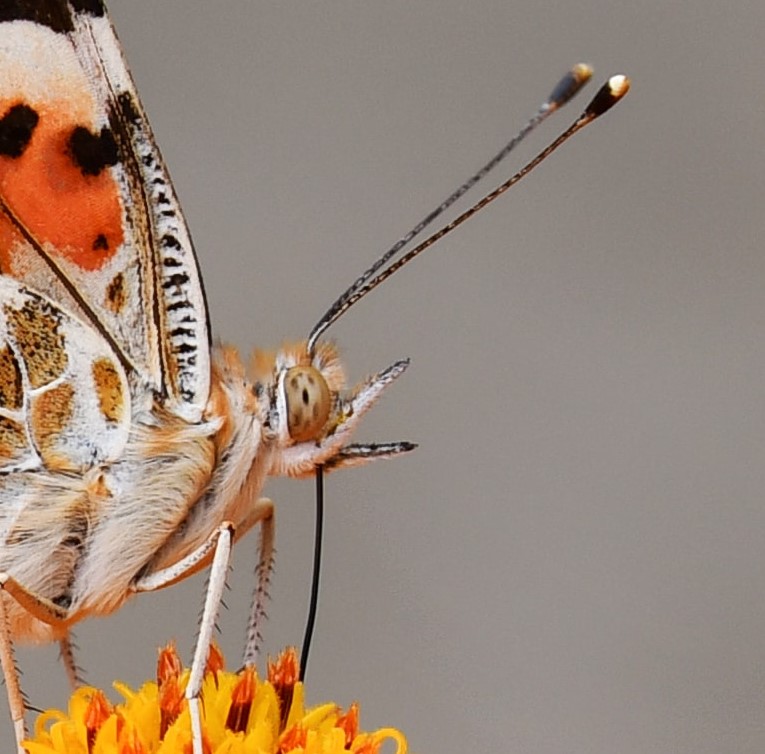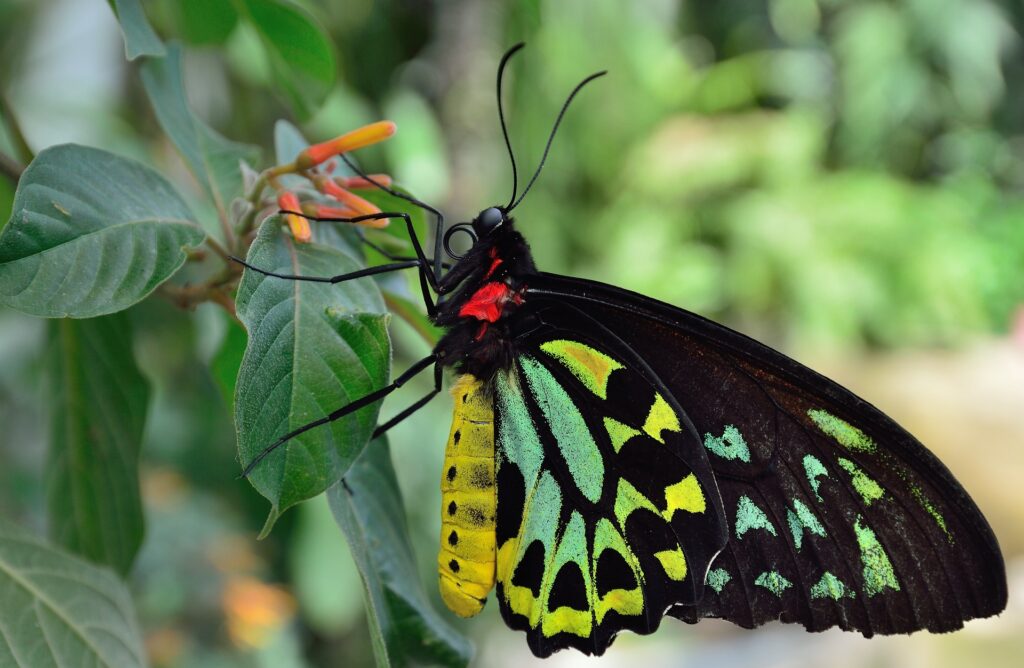facts gathering by Eddie, creative writing by Inna Tsyrlin.
The last post – the part 1 of Caterpillar diet – was all about unusual caterpillar’s diet. Here the story continues with the butterfly’s mistakes and caterpillar’s misfortunes, and how caterpillars teamed up with their mortal enemies for mutual, or not so mutual, benefits. And as an added bonus, there’s a round-up of unusual caterpillar foods.
If you’ve ever had a bad dining experience, spare a thought for butterfly babies. The butterfly has to lay its eggs on the right plant so that when the eggs hatch, they have something tasty (and not deadly) for breakfast, lunch and dinner (after they have devoured their own egg-shell that is – check out previous post here). But finding the right food plant can be a stressful endeavor (so is finding almond milk at 3am in the morning, just try it). That’s why butterflies can smell more than (wait for it…) 5 KILOMETERS away. Their sensitive little antennae pick up smells on overload, and sometimes there are so many smells that they freak out and lay their eggs on the wrong plant. Mistakes like these can be costly. Just ask the Richmond Birdwing Butterfly.

The Birdwing, (aptly named because of its 16cm wingspan) often lays its eggs on the wrong host plant and the caterpillars ate the wrong leaves and… lights out. You see, humans (always the damn humans) decided to bring to Australia a plant called the Dutchman’s Pipe from South America (pre-boarder control days). D-Pipe has a smell very similar to the Richmond’s native plant of choice (well, 2 plants of choice… well, 2 vines actually… well, 2 tropical vines) the Birdwing Butterfly Vine (trademarked by the butterfly) and Mountain Aristolochia. D-Pipe, however, has a stronger, more alluring smell than the native vines of choice, and ultimately the Birdwing caterpillars that hatch on D-Pipe get poisoned and die.

Another famous human-made fiasco occurred in North America where genetically modified canola plants started to make eyes with the Monarch butterfly. Again, the Monarch laid its eggs on the wrong plant and little Monarch caterpillars met their unexpected end soon after.
Have I introduced you to the Blues Family group? Caterpillars of many species of Blue and Copper butterflies (Lycaenidae) live in the homes of their predators and mortal enemies, an ant nest. Ants are junkies for the secretion on the caterpillar’s skin (hey, everyone has a drug of choice). The ants are such addicts, that when the caterpillar forages for food outside the nest, the ants come along and offer the caterpillar protection against other predators (imagine having your own bodyguard squad when you go to the supermarket). Some caterpillars are too lazy to leave the warmth of the ant nest, so they fill up on ant larvae while the adult ants protect them (relationship status: it’s complicated and not gonna last).


Fans of the TV show, Blacklist (binge on it, because why not) may have found themselves
confronted by the reality that the most beautiful of all creatures feeds on us, humans. Or do they? Does TV reveal the truth or does it fictionalize facts for entertainment? Judge for yourself. The Harvester butterfly (Feniseca tarquinius) feeds on alder aphids, which are small sap sucking bugs and the butterfly likes to drink the bug’s sugary excretion (don’t knock it till you try it… actually don’t, skip this one). And as for feeding on humans, more on this in the new episode of “Blacklist vs Butterfly Adventures”.

QUICK LINKS
CONTACT US
Address: PO Box 2442, Caulfield Junction, VIC 3161
Email: info@butterflyadventures.com.au
Coppyright © 2020 Butterfly Adventures. All Rights Reserved.